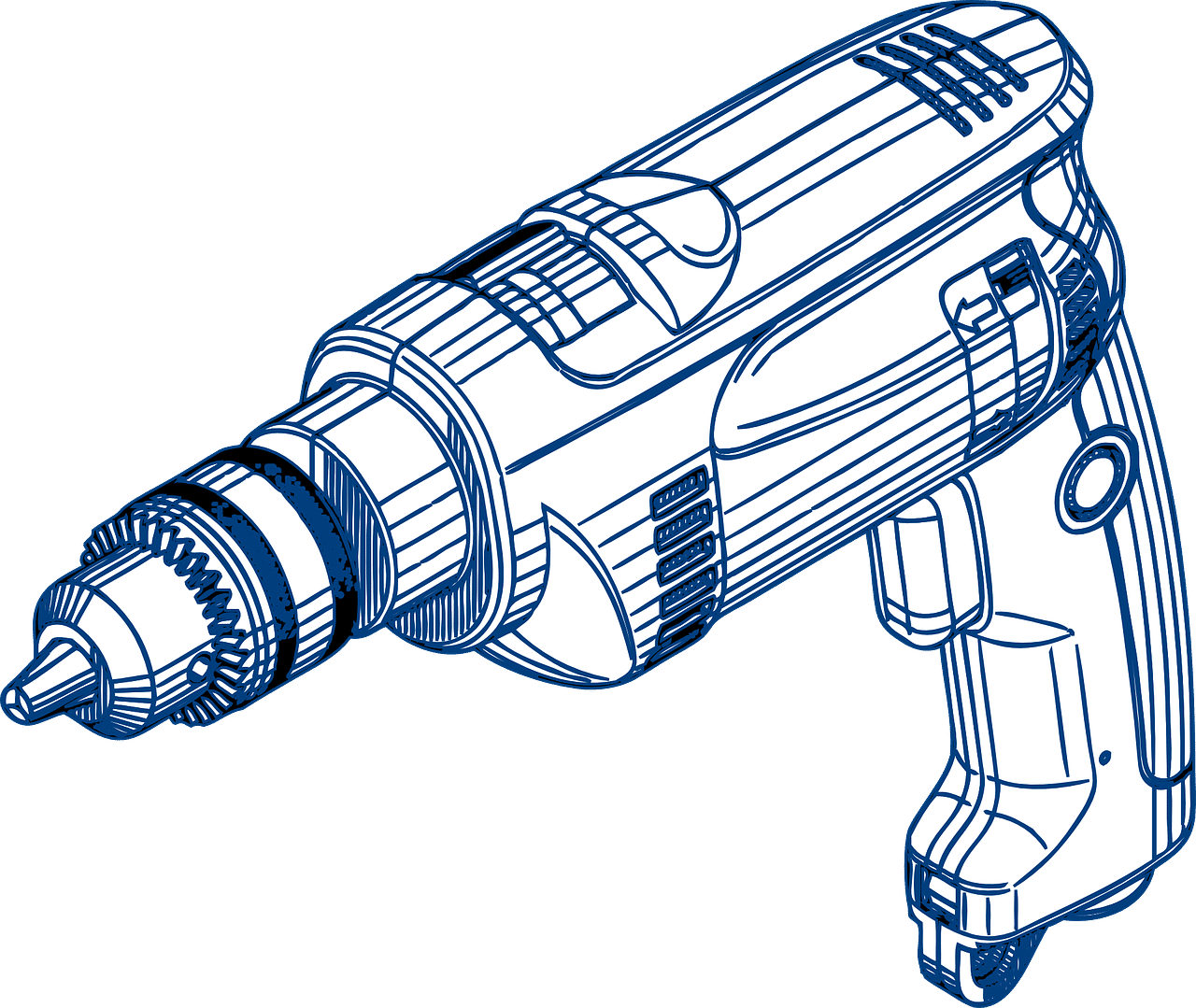
As you take a step into the world of DIY projects or professional construction work, you’re bound to come across two major players – the impact driver and the drill. Many beginners and even some seasoned pros struggle to identify the difference between an impact driver and drill. At first glance, they might look similar, but their functionality and purpose in the tool world are significantly distinct. The right power tool can make a remarkable difference in the efficiency and quality of your work, so it’s essential to understand the unique capabilities of each.
The Versatile Role of Drills
Drills, often viewed as the cornerstone of power tools, have a wide range of applications. They are primarily used to create holes in various materials or drive screws. With a keyless chuck, drills can hold a variety of round and hex shank bits, providing unmatched versatility. Most drills come with a variable speed feature that allows for delicate starts and high-speed operations. An additional clutch gives users the ability to adjust torque for precision and to avoid damaging the material or fasteners. Drills can handle most everyday tasks in DIY and construction projects.
Impact Drivers: Power Packed Performers
On the other hand, an impact driver is designed to do one job and do it well – drive screws, and it does this with immense power. Impact drivers are compact but pack more punch than a standard drill. They use a combination of rotation and concussive blows (impacts) to drive screws into tough materials without stripping the screw head. This makes them a favorite for large construction jobs or when working with dense materials. However, unlike drills, impact drivers have a collet that only accepts hex-shanked bits and does not have a clutch for adjusting torque.
Assessing the Difference between Impact Driver and Drill
The difference between an impact driver and drill boils down to power, functionality, and intended use. Drills are versatile, perfect for light-duty tasks, precision work, and suitable for a variety of bit types. In contrast, impact drivers excel in driving screws quickly and efficiently, especially in heavy-duty scenarios, but are less versatile than drills. Also, the concussive action of an impact driver reduces the strain on your hand, which means less fatigue when dealing with substantial workloads.
Choosing the Right Tool for Your Needs
When it comes to choosing between these two tools, it depends largely on the tasks you intend to tackle. If your projects involve a lot of precision drilling and light screwing work, a drill would serve you best. On the flip side, if you are dealing with demanding tasks that involve driving long screws into hardwood or handling large construction projects, an impact driver’s extra torque will be a game-changer.
Here are some tasks where an impact driver would generally be more effective than a drill:
- Driving Long Screws: The high torque produced by impact drivers makes them ideal for driving long screws. The concussive action also reduces the chance of stripping the screw heads.
- Fastening Bolts and Nuts: Impact drivers excel at fastening bolts and nuts quickly and efficiently. This is especially true for larger bolts or nuts that require a lot of torque.
- Working with Dense Materials: If you’re drilling into dense or hard materials like hardwoods, metals, or some types of masonry, an impact driver’s concussive action and high torque can make the job easier.
- Large Construction Projects: The extra power and speed of an impact driver are particularly beneficial on large construction projects, where there’s a need to drive a large number of screws quickly and efficiently.
- Loosening Over-Torqued or Rusted Screws/Bolts: The impact driver can provide the necessary force to loosen over-torqued or rusted screws and bolts, which a regular drill may struggle with.
- Deck Building: The process of building a deck involves driving many long screws. An impact driver can handle this task more efficiently than a standard drill.
And here are some tasks where a drill would be better suited than an impact driver:
- Precision Drilling: Drills are perfect for precise drilling in wood, metal, plastic, and other materials. The adjustable clutch allows for delicate, controlled work.
- Light-duty Screw Driving: For projects requiring less torque, such as assembling furniture or hanging picture frames, a drill’s variable speed is ideal.
- Using Specialty Drill Bits: Drills can accommodate a variety of drill bits, including spade, forstner, hole saw, and countersink bits, making them more versatile for specialized tasks.
- Masonry Work: With a hammer drill or a drill with a hammer setting, you can drill into concrete, brick, or mortar—something an impact driver is not designed for.
- Mixing Paint or Mortar: Drills can be used with mixer attachments to mix paint, mortar, or even small batches of concrete.
- Working with Soft Materials: When working with materials that might be damaged by the force of an impact driver, a drill’s adjustable torque comes in handy.
The Power Duo: Impact Driver and Drill
Having both tools in your arsenal can be the best choice for many DIY enthusiasts and professionals. The difference between an impact driver and drill is what makes them a great complementary pair. Use the drill for precision tasks and the impact driver for high-torque applications. This way, you’re well equipped to handle a wide range of projects, ensuring efficiency and quality in your work. Understanding your tools is the first step towards successful projects and a satisfying work experience.
